Technical Videos

Technical Videos
Winding
Watch closely to see how the two ends of a broken yarn are re-joined using jets of air to intermingle the fibres at each end of the break.
View detail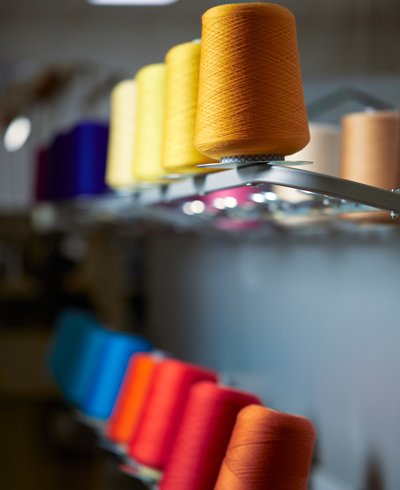
Technical Videos
Spinning
There are several different types of worsted spinning, but the most common for wool is ring-spinning, which drafts the roving by up to 20 times and twists the resulting strand of fibres into a yarn. This yarn is wrapped around a bobbin using a traveller rotating about a ring.
View detail
Technical Videos
Gilling
Gilling is similar to combing your hair after washing and conditioning. The aim is to make the fibres parallel so they can pass through the fine comb during the subsequent combing process.
View detail
Technical Videos
Combing
Combing is a wool processing step that aligns the fibers parallel to each other and removes shorter fibers and impurities. This results in a smoother, stronger, and more uniform yarn ideal for high-quality worsted fabrics.
View detail
Technical Videos
Scouring
The scouring process can smell. Impurities, such as suint (sweat), dirt and wool wax (which can be refined to create lanolin) can cause problems throughout the rest of the manufacturing process, so removing them during scouring ensures high-quality yarn.
View detail
Technical Videos
Shearing
Shearing is the process of cutting wool from a sheep, typically done once a year using electric or manual clippers. It is a crucial step that keeps the sheep healthy and provides raw fleece for wool production.
View detail
Technical Videos
Wool Production and Processing
Wool is grown on the simple mix of fresh air, sunshine, water and grass. Wool's unique journey from sheep to retailers weaves age-old techniques with modern technology transforming the fibre into luxuriously soft and highly technical yarns, fabrics and products.
View detail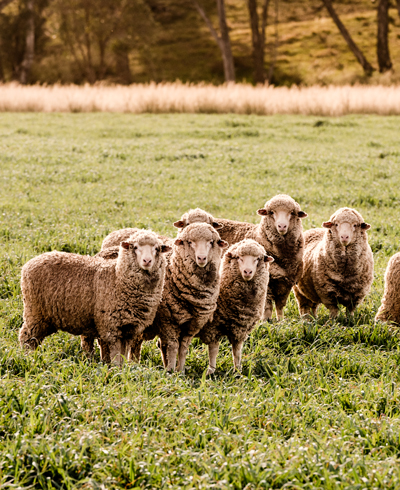
Technical Videos
Discovering Wool
Regarded as natures miracle fibre, wools naturally inherent benefits make it loved by textile and fashion designers across the world. 100% natural, renewable and biodegradable, wool fabrics hold many remarkable natural qualities unique to the fibre.
View detailFact Sheets
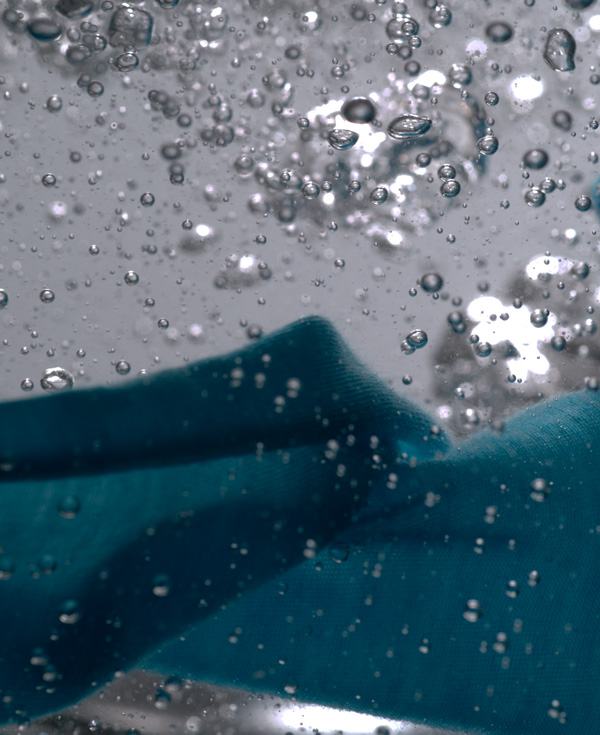
Fact Sheets
Measuring Wools Environmental Footprint
The wool industry is continuing to invest strongly in an accurate and scientifically credible assessment of wool’s environmental footprint from its cradle on the farm, through all life stages to wool’s ultimate biodegradation back into the soil.
View detail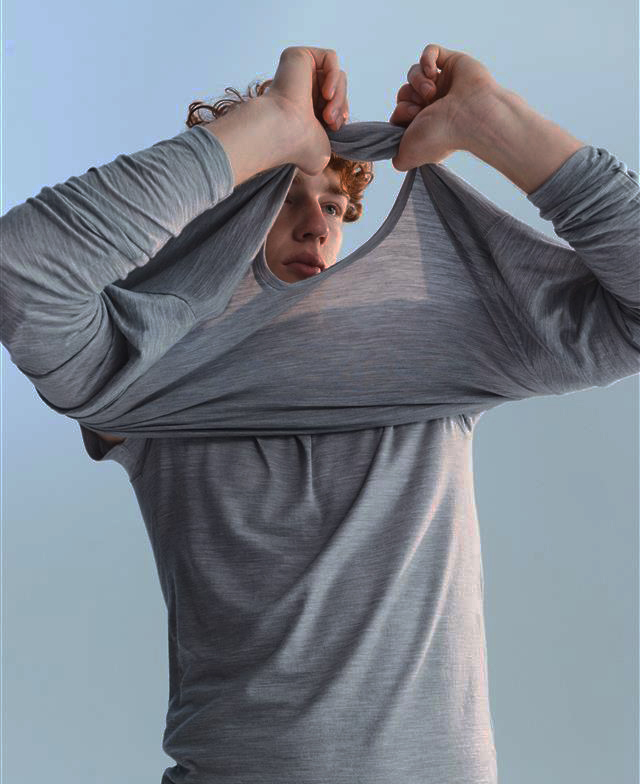
Fact Sheets
Wool is Good for the Skin
Recently published research has demonstrated that wearing superfine Merino wool next to the skin is beneficial for eczema sufferers. Wearing wool significantly improves the severity and symptoms of this chronic skin condition, challenging misconceptions that all wool is prickly and itchy.
View detail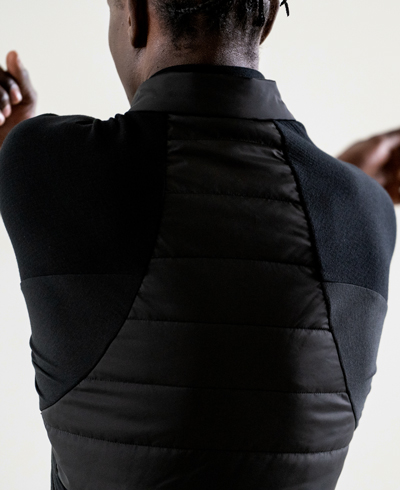
Fact Sheets
Wool is Naturally Odour Resistant
Wool garments and textiles are naturally odour resistant due to the fibres unique properties. Wool fibres can absorb large quantities of water vapour helping to keep the skin dier and prevent the build up of sweat, bacteria and unpleasant smells
View detail
Fact Sheets
Wool is 100% Natural and Renewable
Every year, Australian sheep produce a new fleece, making wool a completely renewable fibre.
View detail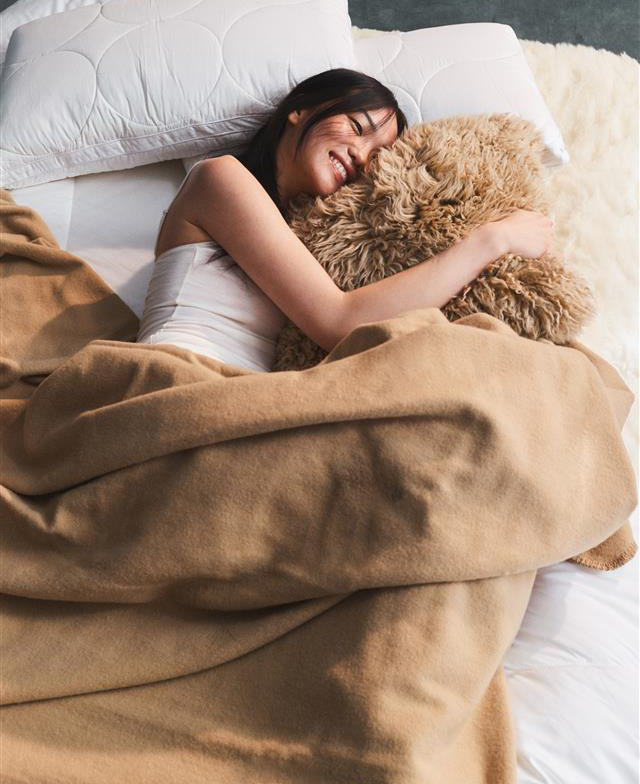
Fact Sheets
Sleep Better In, On and Under Wool
Good sleep is vital, as the impact of poor sleep can harm cognition, immunity, mood, and overall health. Using sleepwear and bedding that maintain a stable microclimate can improve sleep quality, and wool’s natural properties help create this environment.
View detail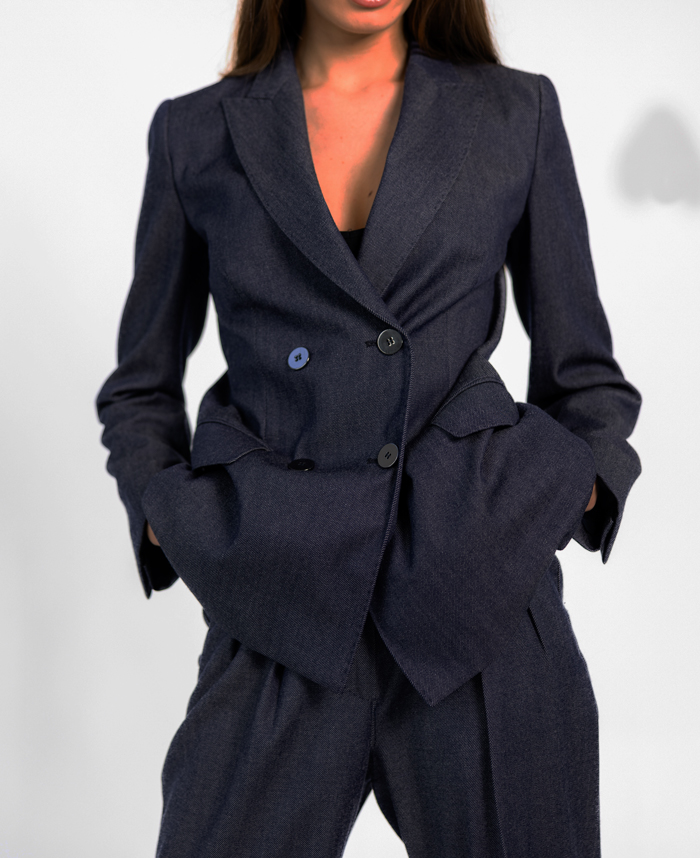
Fact Sheets
Wool and the Circular Economy
There is a global push to change the textile industry's method of production from a wasteful linear model towards a circular economy.
View detail
Fact Sheets
Wool is Resistant to Fire
Wool is naturally fire-resistant, meaning it does not easily ignite and will self-extinguish when the flame source is removed. This makes it a safe and reliable material for use in clothing, bedding, and home furnishings.
View detail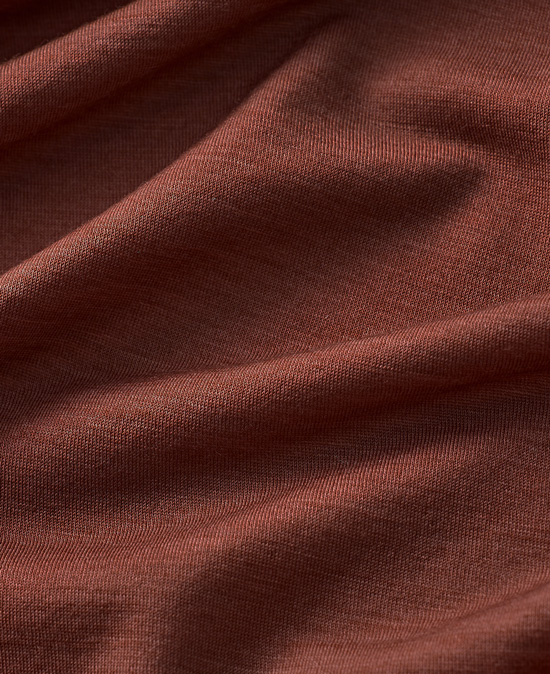
Fact Sheets
Wool and Extended Producer Responsibility
Producers, such as brands, have responsibility for the disposal and management of their products when they reach the end of life.
View detailFacilitator Guides
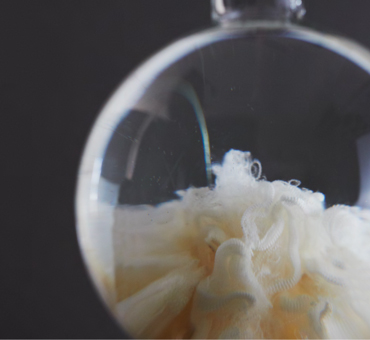
Facilitator Guides
Wool fibre science facilitator guide
This Facilitator Guide supports delivery of the Wool Fibre Science course within the Wool Science, Technology and Design Education Program. It helps you present technical content through clear, engaging lectures, practical demonstrations, and interactive discussions.
View detail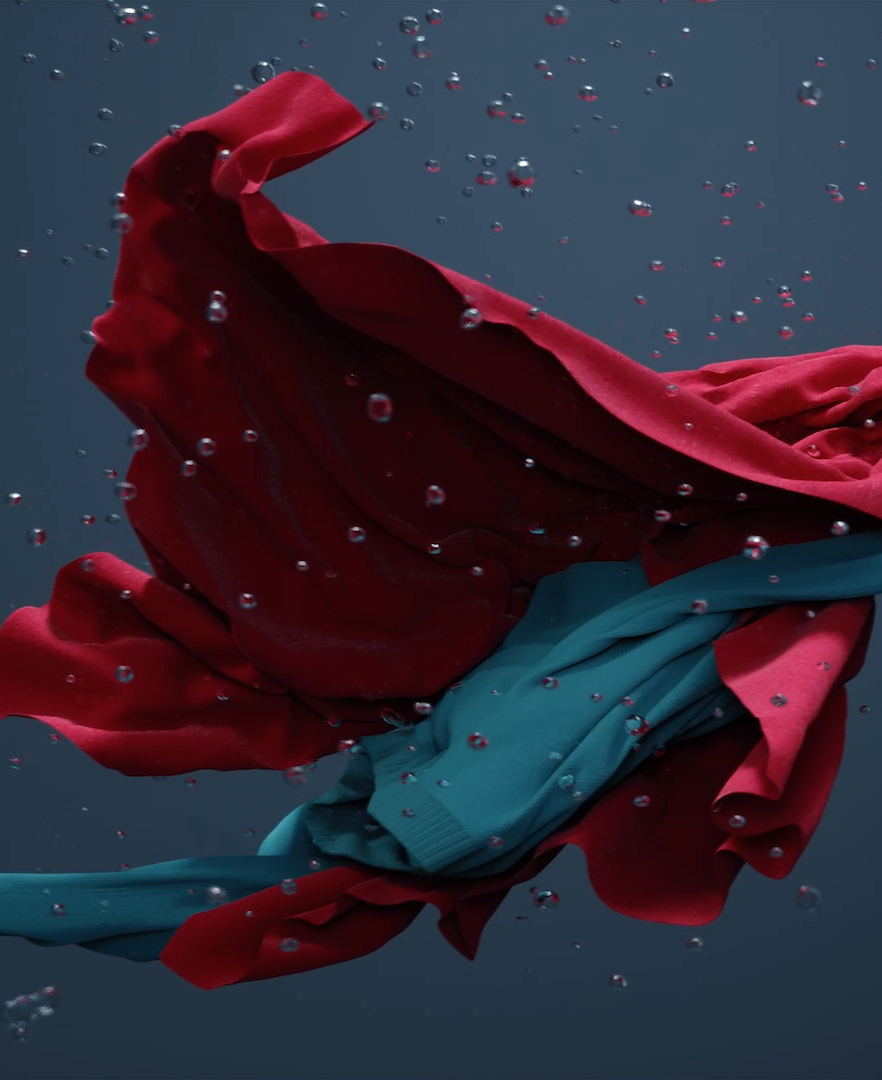
Facilitator Guides
Wool fabric finishing facilitator guide
This Facilitator Guide supports delivery of the Wool Fabric Finishing course within the Wool Science, Technology and Design Education Program. It helps you present technical content through clear, engaging lectures, practical demonstrations, and interactive discussions.
View detail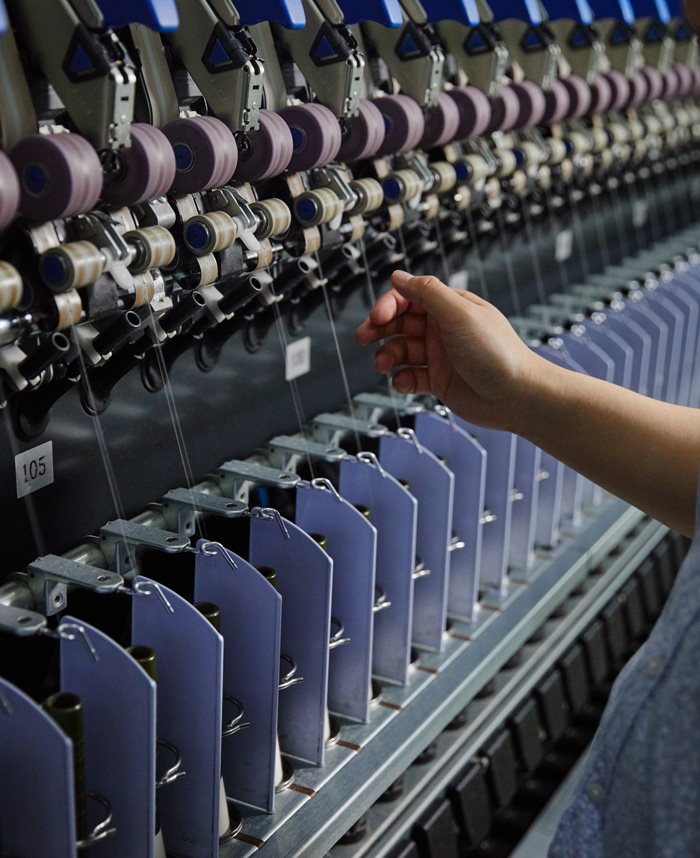
Facilitator Guides
Worsted & woollen spinning facilitator guide
This Facilitator Guide supports delivery of the Worsted & Woollen Spinning course within the Wool Science, Technology and Design Education Program. It helps you present technical content through clear, engaging lectures, practical demonstrations, and interactive discussions.
View detail
Facilitator Guides
The dyeing of wool facilitator guide
This Facilitator Guide supports delivery of the Wool Fibre Science course within the Wool Science, Technology and Design Education Program. It helps you present technical content through clear, engaging lectures, practical demonstrations, and interactive discussions.
View detail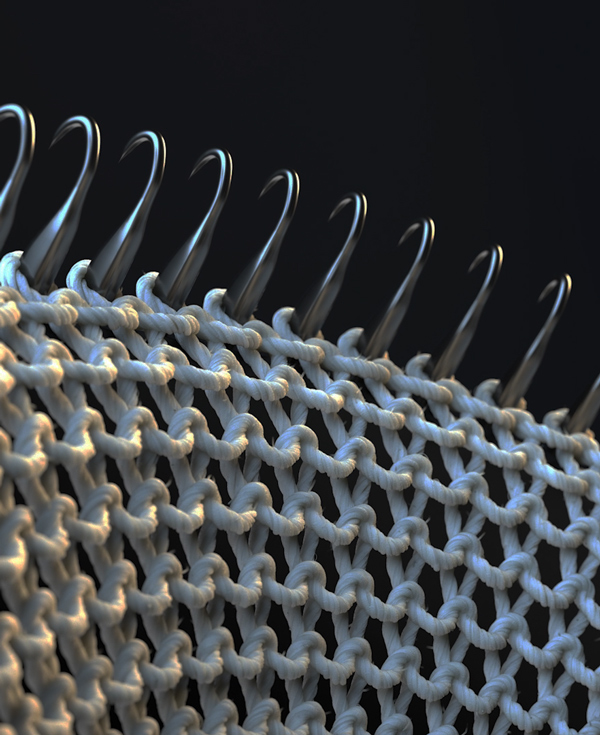
Facilitator Guides
Introduction to wool processing facilitator guide
This Facilitator Guide supports delivery of the Introduction to Wool Processing course within the Wool Science, Technology and Design Education Program. It helps you present technical content through clear, engaging lectures, practical demonstrations, and interactive discussions.
View detail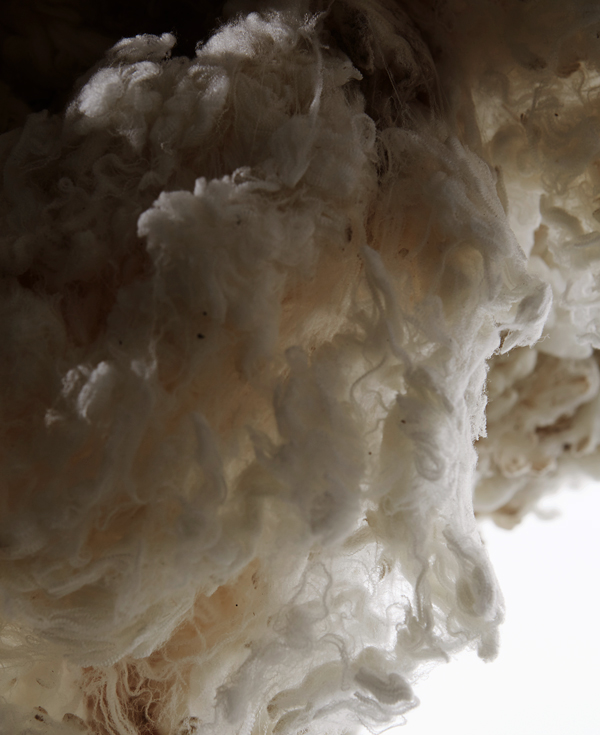
Facilitator Guides
Raw wool scouring facilitator guide
This Facilitator Guide supports delivery of the Raw Wool Scouring course within the Wool Science, Technology and Design Education Program. It helps you present technical content through clear, engaging lectures, practical demonstrations, and interactive discussions.
View detail
Facilitator Guides
Worsted top-making facilitator guide
This Facilitator Guide supports delivery of the Worsted Top-Making course within the Wool Science, Technology and Design Education Program. It helps you present technical content through clear, engaging lectures, practical demonstrations, and interactive discussions.
View detailWebinars

Webinars
Insight Series - Roland Mouret webinar
Roland Mouret’s journey has been an unlikely route to being among the best-loved names in British fashion – not least because he is French.
View detail
Webinars
The Art of Storytelling with Emily Bode webinar
BODE is a luxury menswear brand that launched with one-of-a-kind garments made from antique textiles. This Masterclass explores Emily Bode’s sustainable design approach, the role of brand storytelling, and innovative strategies for building a new business.
View detail
Webinars
Wool and Circularity webinar
How does wool fit into the circular economy? Expert Kjersti Kviseth discusses the challenges and opportunities for wool and the circular economy.
View detail
Webinars
China’s New View: Sustainable Fashion webinar
Shaway Yeh, a leading fashion media voice in Greater China, and Chinese-born, London-based IWP 2020 alumnus Feng Chen Wang join Esquire Singapore Editor-in-Chief Mitchell Oakley-Smith to discuss shifting trends among Chinese consumers.
View detail
Webinars
Insight Series - Colovos webinar
Champions of zero-waste manufacturing, scientific and environmentally friendly processes, and circular fashion systems, Michael and Nicole Colovos are ahead of the game when it comes to reducing fashion’s footprint through innovation.
View detail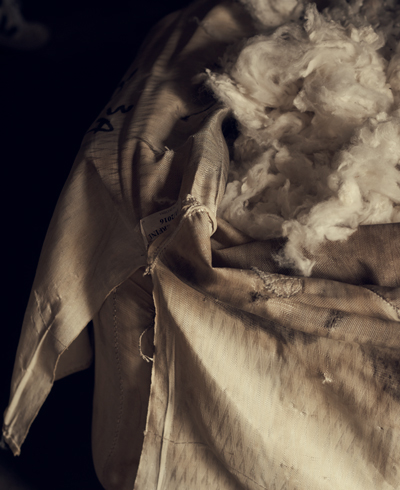
Webinars
Woven in time webinar
Having survived war, revolution and social upheaval, Merino wool was almost lost to the ravages of man-made fibres. Now it's making a comeback. Woven in time explores the fascinating history and remarkable qualities of Merino wool and follows its journey as it's transformed into beautifully woven fabric.
View detail
Webinars
Design Choices: From Materials to End of Life webinar
This Masterclass explores responsible fibre and material choices, how to reduce waste and pollution in your production processes and the importance of educating your customer.
View detail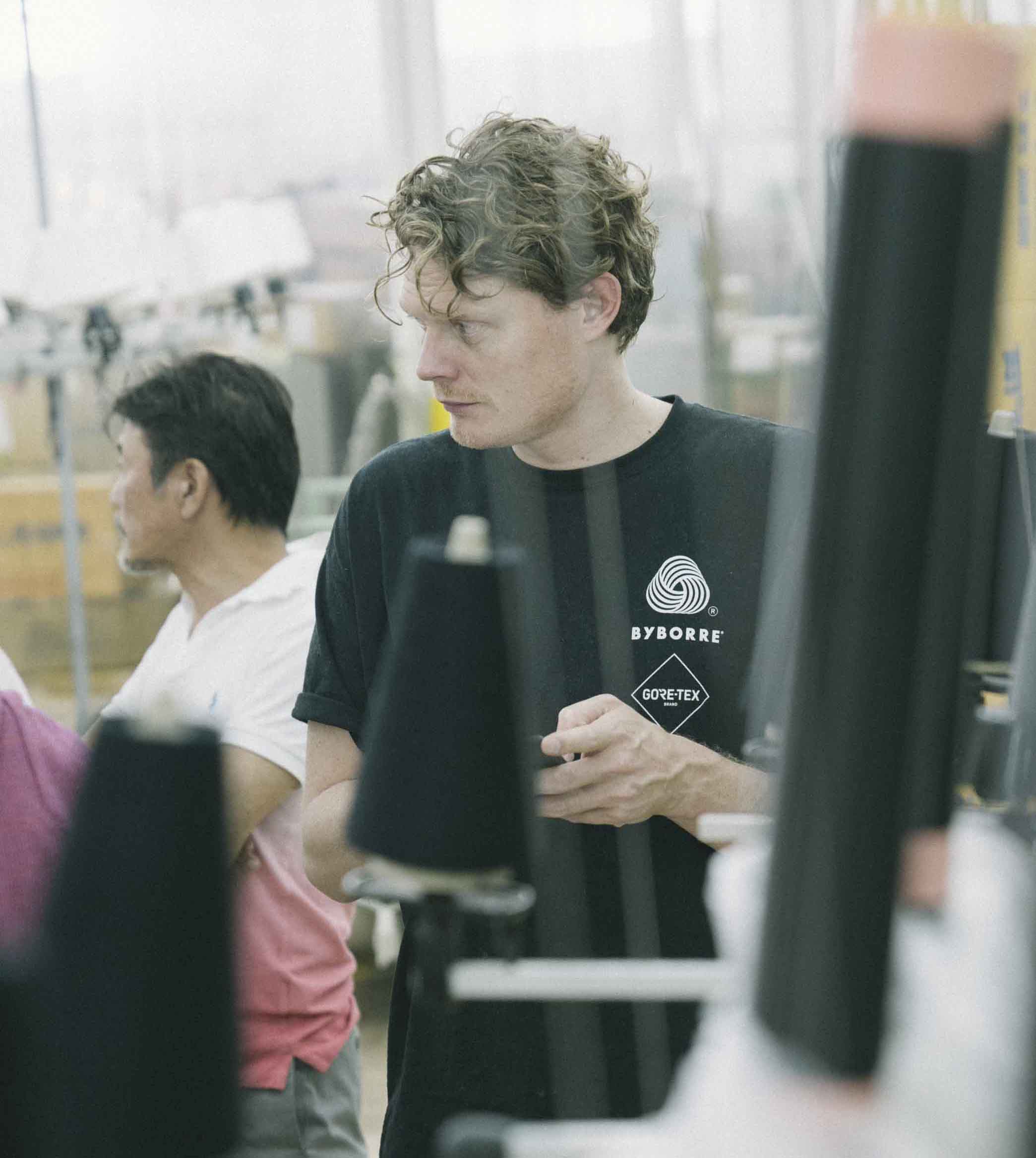
Webinars
Insight Series – Insight Series - ByBORRE webinar
When confronted with repeated dismissal of innovative ideas, Borre Akkersdijk, the Dutch textile designer and co-founder and creative director of textile innovation studio ByBORRE, decided it’s better to lead – not push.
View detail